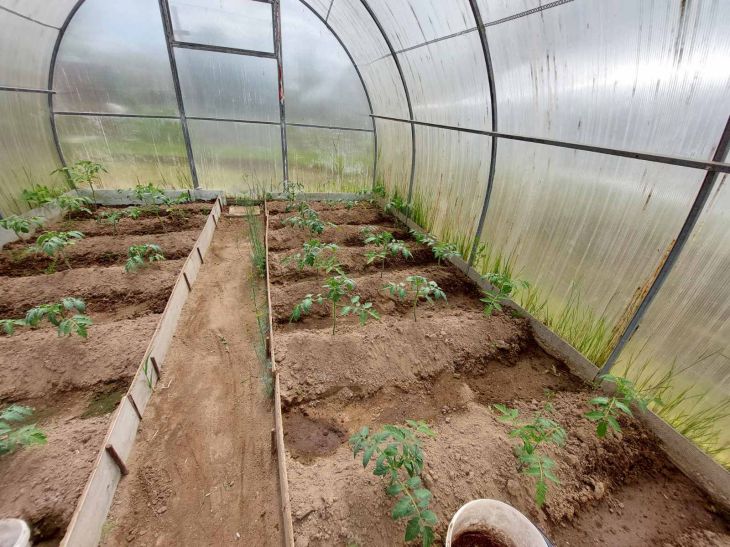Enthusiastic gardeners have been eagerly awaiting the seedling period since autumn. This is an amazing time when you can watch a sprout appear from a small seed, which in a couple of months will turn into a powerful plant.
But in their desire to help this transformation, gardeners often ruin the seedlings with their own hands. To prevent this from happening, you should properly care for them. And special attention is required for fertilizing.
The golden rule of the summer resident
The golden rule of the gardener is: do not overfeed. With an excess of fertilizers, especially mineral ones, the young seedling suffers, and sometimes even dies.
One thing to remember is that if there is a lack of nutrition, the problem can be solved by replanting or adding fertilizer, but when the plant has suffered from excessive feeding, it is almost impossible to help it.
In most cases, seedlings do not need to be fed at all. This should be done only when starvation becomes noticeable.

However, if signs of starvation appear, do not rush to grab fertilizers.
The thing is that if you overwater the plant, its root system may rot. Because of this, nutrients stop flowing into the leaves in sufficient quantities. Fertilizing in this case will only make the situation worse, so it is important to follow another golden rule: do not overwater.
What you need to know about feeding seedlings
- The supply of nutrients in the soil is enough for 2-3 weeks with normal development of seedlings. Therefore, you cannot feed the plants 2-3 weeks after planting and picking.
- Fertilizing should be done only on moist soil. A young plant has very delicate roots, burning which will lead to growth inhibition. Sometimes you can even ruin the seedling.
- Mineral fertilizers can burn the root system, so seedlings less than a month old are best fed with biological preparations. Or not fed at all.
- You cannot use fertilizers intended for adult plants. Be sure to buy complexes marked "For seedlings".
- Check fertilizers for nitrogen content. There should be a minimum. Never fertilize seedlings with pure nitrogen. This will provoke active growth of the above-ground part. Plants will stretch out, become thin, brittle, and after planting in the ground will be more susceptible to stress and disease.
- The task of the seedling period is to form an extensive root system so that after transplanting into the garden, the seedling actively begins to build up green mass. Therefore, attention should be paid to preparations that stimulate the development of the root system. At first, you can water the shoots with any root former, later add a complex fertilizer with phosphorus.
Taking these subtleties into account, even beginners will be able to grow strong, healthy seedlings, which will later turn into productive adult plants.








